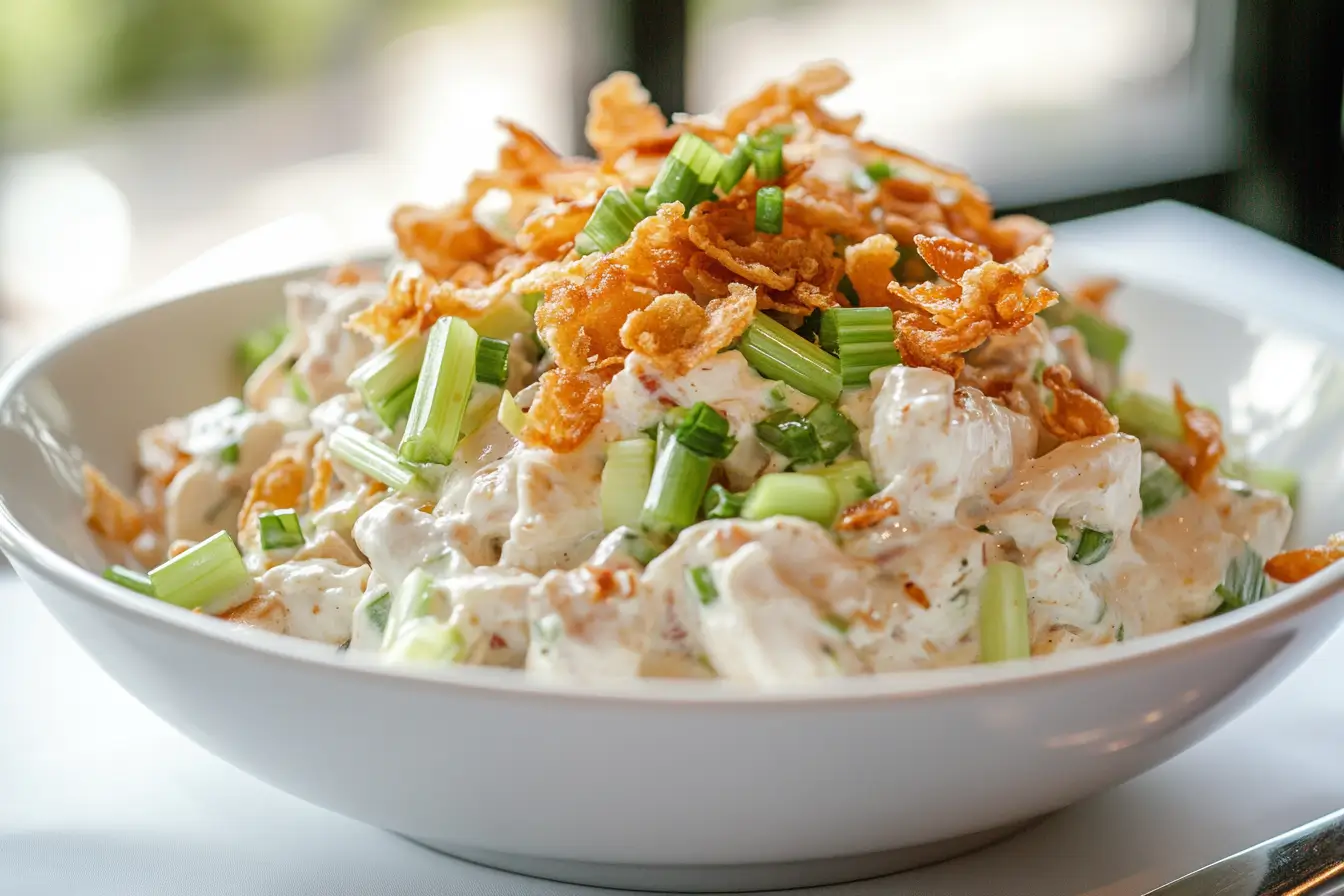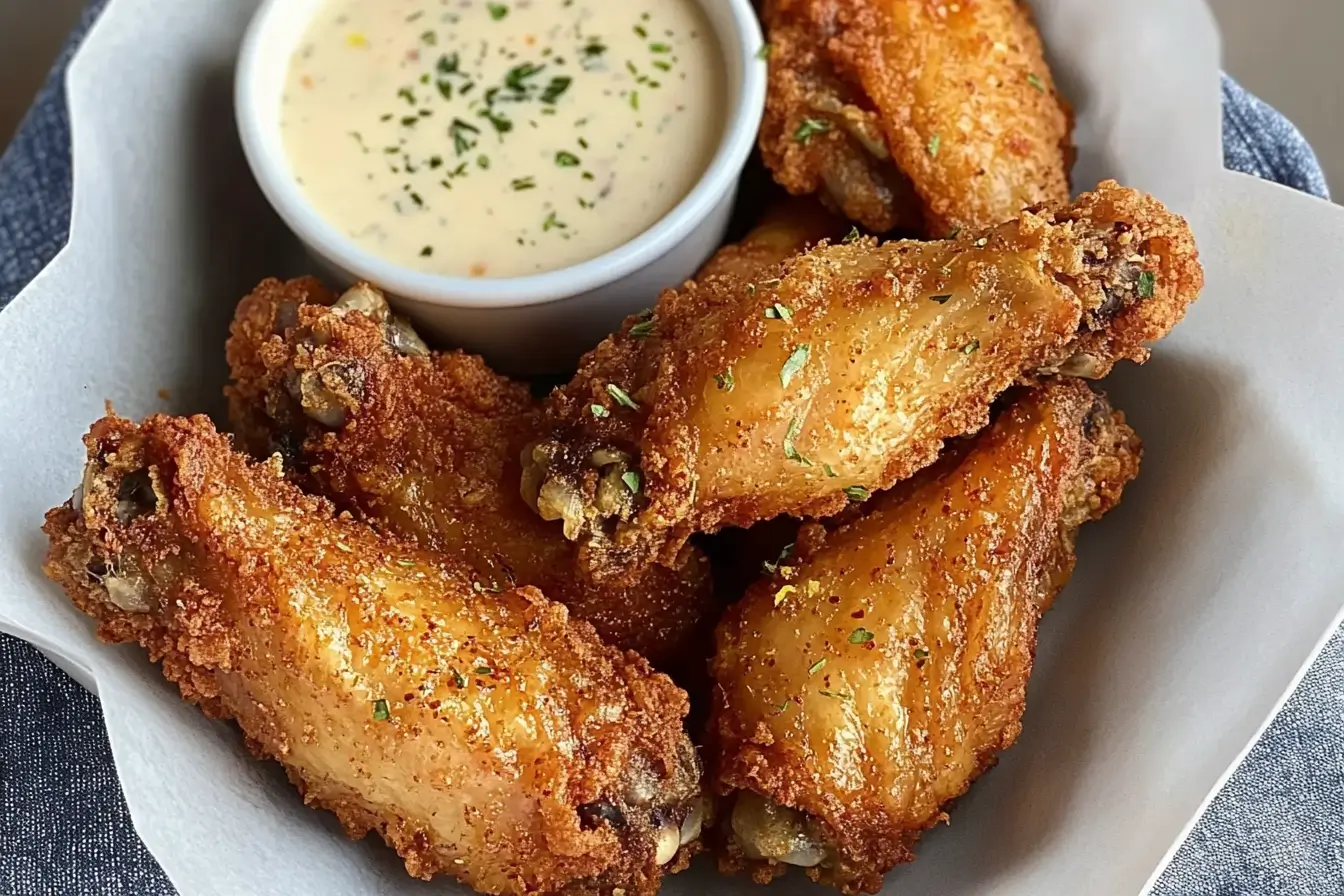If you’ve ever found yourself with a bag of frozen corn and wondered how to make it taste just as good as fresh, you’re in the right place. Cooking frozen corn on the cob is a breeze, and with a few simple techniques, you can enjoy tender, flavorful corn in no time.
Whether you’re preparing a quick weeknight side dish or adding a tasty element to a summer barbecue, this guide will show you the best ways to cook frozen corn—whether in the microwave, oven, or on the grill. Get ready to enjoy corn that’s just as delicious as the fresh stuff!
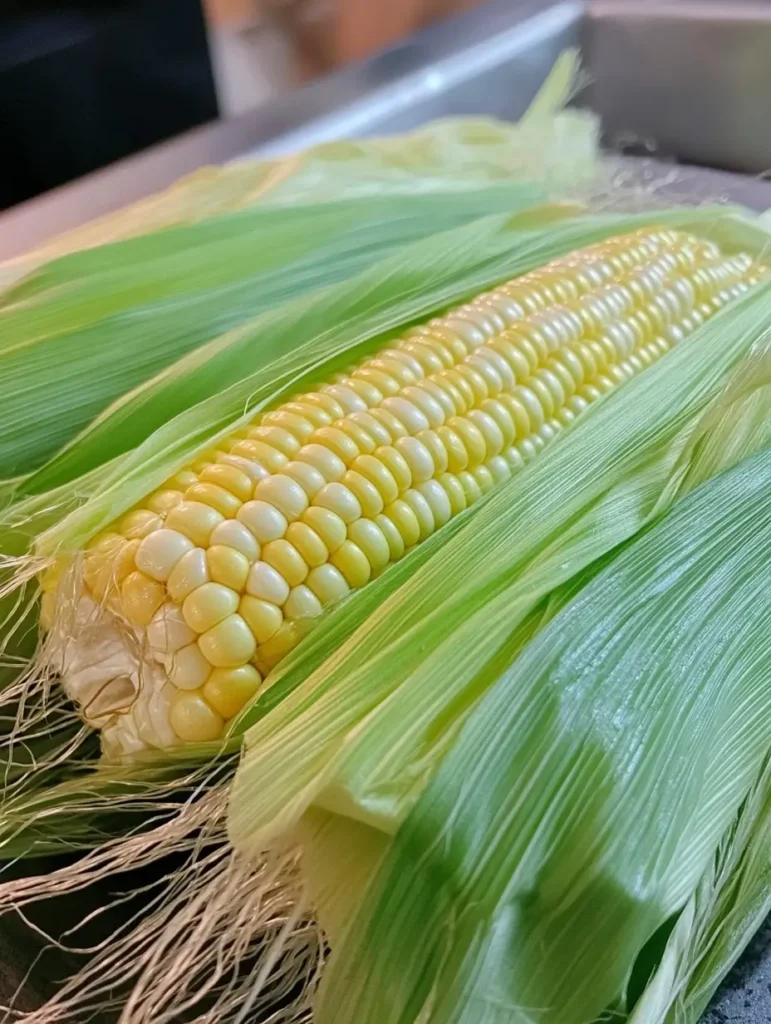
Benefits of Using Frozen Corn On The Cob
Frozen corn on the cob makes cooking easier. It’s perfect for quick meals or easy side dishes. This ingredient is great for home cooks.
Year-Round Delicious Availability
Frozen corn lets you enjoy sweet corn all year. You can have summer corn in winter without losing flavor. Many stores sell frozen corn that tastes like fresh corn.
Smart Cost-Effectiveness
Frozen corn is cheaper than fresh. Its price doesn’t change with the seasons. This helps you save money on meals.
- Lower price point compared to fresh corn
- No waste from spoilage
- Easy to store in your freezer
Nutritional Value Preservation
Freezing keeps corn’s nutrients intact. It freezes corn at its best, saving more nutrients than fresh corn. This makes frozen corn a healthy choice.
- Retains vitamin C
- Preserves antioxidants
- Maintains fiber content
Choosing frozen corn means you get a convenient, affordable, and healthy ingredient for your meals.
Preparing Your Frozen Corn Before Cooking
Learning how to cook frozen corn on the cob starts with the right preparation. It’s important to know the best ways to handle your corn before you cook it.
First, check the packaging of your frozen corn. Most corn comes in sealed bags that are easy to open. Look for any signs of freezer burn or damage. If the corn looks bad or has a lot of ice crystals, it’s best to throw it away.
- Remove corn from original packaging
- Inspect for quality and frost damage
- Select corn with consistent color and minimal ice crystals
There are two main ways to prepare your corn for cooking. Some methods work best with corn straight from the freezer. Others need it to thaw a bit first. Boiling and steaming are good for frozen corn, keeping it crisp and fresh.
If you decide to thaw your corn, put it in the fridge for a few hours before cooking. This slow thaw keeps the corn’s moisture and texture. Never thaw corn at room temperature, as it can grow bacteria.
- Refrigerator thawing: Recommended method
- Keep corn in sealed container during thawing
- Thaw for 3-4 hours before cooking
Pro tip: Dry the corn with paper towels after thawing. This removes extra moisture. It helps your seasonings stick better and cooks more evenly.

How To Cook Frozen Corn On The Cob in the Microwave
Microwave cooking is quick and easy for frozen corn on the cob. It saves time and keeps the corn’s natural taste. You don’t need to do much prep work.
Cooking frozen corn on the cob in the microwave is surprisingly easy. You’ll have a tasty side dish with the right steps in no time.
Microwave Time and Power Settings
Perfect microwave cooking for corn on the cob depends on the right time and power. Here’s what to do for the best results:
- For 1-2 ears of corn: Cook on high power for 3-4 minutes
- For 3-4 ears of corn: Cook on high power for 5-6 minutes
- Rotate the corn halfway through cooking for even heating
Best Microwave-Safe Containers
Choosing the right container is key for microwave cooking. Look for dishes that let steam out:
- Glass or ceramic dishes with a lid
- Microwave-safe plastic containers
- Microwave-safe paper plates with a damp paper towel
Testing for Doneness
Check these signs to make sure your corn is cooked right:
- Pierce a kernel with a fork – it should be tender
- Steam should be visible when you remove the cover
- Corn kernels should look plump and bright
Pro tip: Let the corn rest for 1-2 minutes after microwaving. This helps it cook thoroughly and prevents burning.
Stovetop Boiling Method for Frozen Corn
Stovetop cooking is a classic way to prepare frozen corn on the cob. It brings out the sweet flavors of corn. This method ensures the corn is tender and juicy. It’s perfect for family dinners or summer barbecues.
- Large pot with a lid
- Tongs or corn holders
- Colander for draining
- Fresh or salted butter (optional)
Here’s how to cook perfect stovetop corn:
- Fill a large pot with water, leaving enough room for the corn
- Bring water to a rolling boil
- Add frozen corn directly to the boiling water
- Cook for 3-5 minutes until corn is heated through
- Use tongs to remove corn from water
- Drain excess water and serve immediately
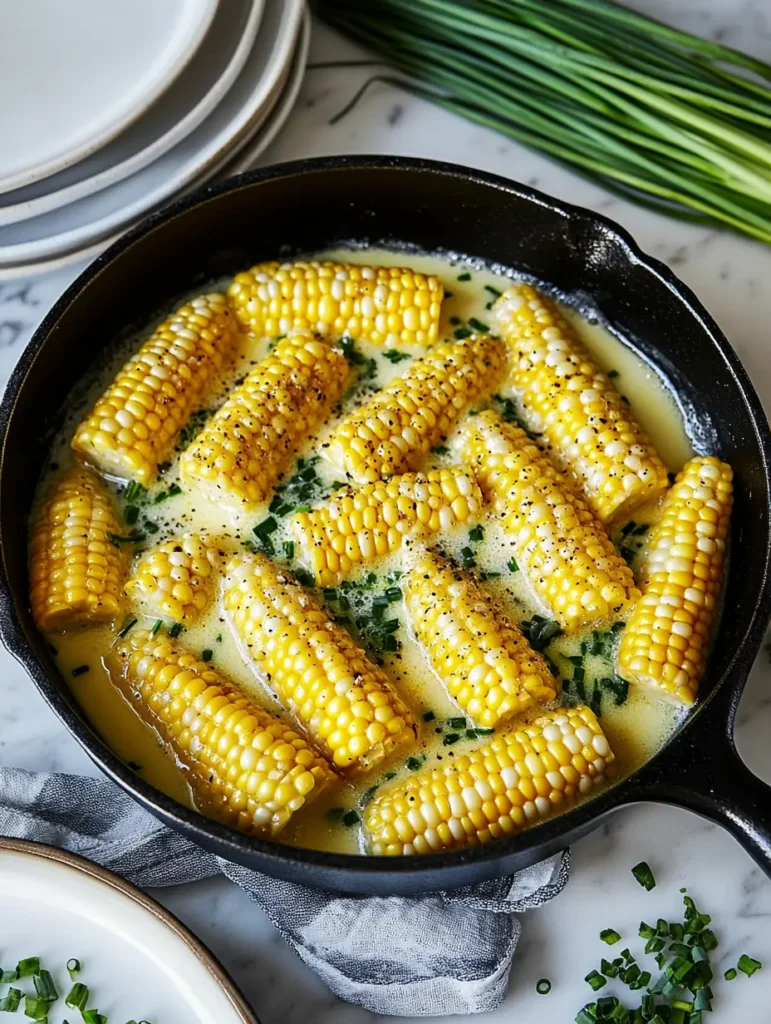
Steaming Frozen Corn to Perfection
Steaming is a great way to cook frozen vegetables, like corn on the cob. It keeps the corn sweet and full of nutrients. Steaming is also quick and healthy, making it perfect for easy side dishes.
Steam Time Guidelines
Steaming frozen corn on the cob needs the right timing. Here are some guidelines:
- Small to medium-sized corn cobs: 4-5 minutes
- Large corn cobs: 6-7 minutes
- Extra-large corn cobs: 7-8 minutes
Essential Equipment for Steaming
You’ll need a few tools to steam your corn well:
- Steamer basket
- Large pot with a tight-fitting lid
- Tongs for handling hot corn
- Water
Seasoning Tips During Steaming
Add herbs or spices to the water to make your steamed corn taste better. Try these ideas:
- Sprinkle dried herbs like thyme or rosemary into the water
- Add a pinch of salt to boost natural corn flavors
- Include a slice of lemon or lime for a subtle citrus note
Check if the corn is done by piercing a kernel with a fork. It should be tender and bright yellow. Serve it hot with butter or your favorite seasonings for a tasty side dish.
Oven-Roasted Frozen Corn On The Cob
Oven roasting corn on the cob is a tasty way to make frozen corn a side dish. It brings out a rich, caramelized flavor. This method is great for family dinners or gatherings because you can cook many ears at once.
To start your corn on the cob recipe, follow these steps:
- Preheat your oven to 425°F (218°C)
- Line a baking sheet with parchment paper
- Arrange frozen corn directly on the baking sheet
- Drizzle with olive oil or melted butter
- Sprinkle with salt and your favorite seasonings
The secret to perfect oven-roasted corn is the right temperature and timing. Roast the corn for 15-20 minutes, turning it once halfway. It’s done when the kernels are golden brown and crispy.
Want to add more flavor? Try these seasoning combinations:
- Garlic and herb blend
- Chili lime seasoning
- Parmesan and black pepper
- Smoked paprika and butter
Oven roasting is a quick alternative to boiling or grilling. The high heat caramelizes the corn’s natural sugars. This makes the corn sweet and slightly charred, a flavor everyone will enjoy.
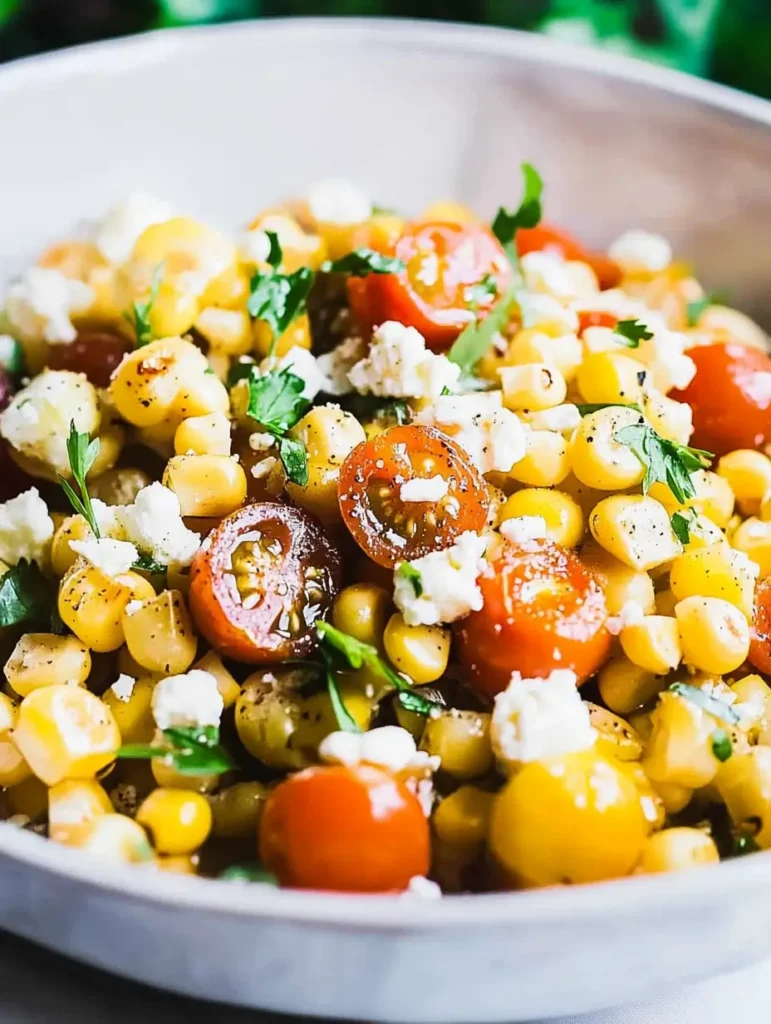
Grilling Your Frozen Corn
Grilling corn on the cob turns frozen kernels into a smoky, tasty summer side dish. Learning how to grill frozen corn on the cob opens up a world of flavors. It’s far beyond just boiling it.
Preparation for Grilling
Before you start grilling corn, follow these key steps:
- Remove frozen corn from packaging
- Let corn thaw a bit for 10-15 minutes
- Wipe corn dry with paper towels to avoid too much steam
- Brush with olive oil or melted butter
Temperature Control
Grilling corn needs careful heat control. Aim for medium-high heat, around 375-400°F. Direct grilling is best for frozen corn. It creates nice char marks and cooks evenly.
Grilling Techniques
Learn these grilling techniques for the best corn:
- Put corn right on clean grill grates
- Turn every 2-3 minutes to avoid burning
- Cook for about 10-12 minutes total
- Look for golden-brown kernels and slight charring
With these tips, you’ll become a pro at grilling corn. You’ll impress your guests with top-notch results.

Best Seasonings and Butter Combinations
Turning your corn on the cob into a showstopper is all about the right seasoning. Whether you’re making a classic recipe or trying something new, the perfect butter and spice mix can make all the difference.
Classic seasonings can make your corn a hit with everyone. Here are some tasty options:
- Classic Herb Butter: Mix softened butter with chopped fresh parsley, chives, and a pinch of salt
- Spicy Chili Lime: Blend butter with lime zest, chili powder, and a dash of cayenne
- Parmesan Garlic: Combine melted butter with grated parmesan and minced garlic
Timing is key when seasoning corn. For the best flavor, add your butter and seasonings right after cooking. This way, the flavors melt into the corn, making it incredibly tasty.
Pro tip: Make compound butters ahead of time. Mix softened butter with your favorite herbs and spices. Roll them in parchment paper and chill them. This way, you’ll have flavorful butter ready to go whenever you need it.
- Mexican Street Corn Style: Mayonnaise, cotija cheese, chili powder
- Ranch Lovers: Ranch seasoning mix sprinkled over butter
- Sweet and Smoky: Blend of brown sugar and smoked paprika
Try out these seasoning ideas to find your favorite corn match. Each mix brings a special twist that will make your corn the highlight of any meal.
Storage and Reheating Tips
Proper frozen food preparation keeps your corn on the cob fresh and tasty. Learning how to store and reheat it ensures you can enjoy it many times.
Refrigeration and Storage Guidelines
Let your corn cool down to room temperature before storing. Here are some tips:
- Wrap cooked corn tightly in plastic wrap or aluminum foil
- Store in an airtight container
- Refrigerate for up to 3-4 days
- Keep corn away from strong-smelling foods
Effective Reheating Methods
Here are simple ways to reheat your leftover corn:
- Microwave: Place corn in a microwave-safe dish with a damp paper towel
- Oven: Wrap corn in foil and heat at 350°F for 5-7 minutes
- Stovetop: Use a steamer basket with a small amount of water
Moisture Preservation Tips
To avoid dry corn, add water or butter before reheating. These tips will keep your corn juicy and flavorful.
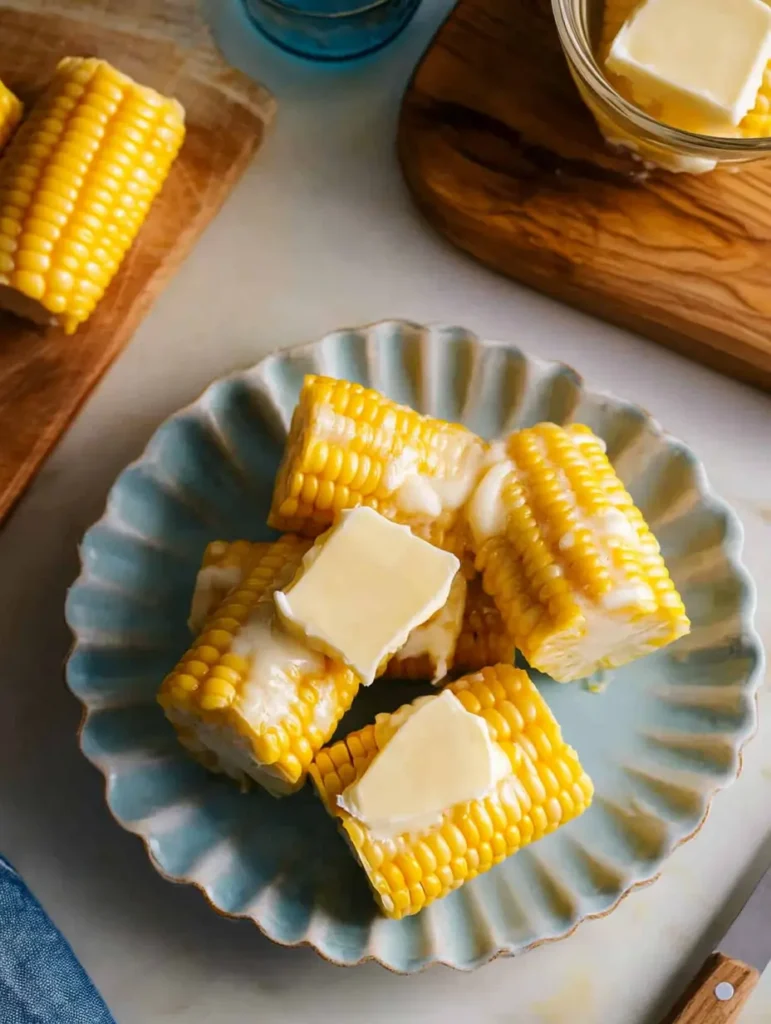
Conclusion
Cooking frozen corn on the cob is easier than you think and can elevate any meal. With the methods we’ve shared—microwave and grill—you can enjoy delicious corn with minimal effort.
Now that you know how to cook frozen corn perfectly, you can add this versatile side dish to any meal. Experiment with seasonings and cooking times to find your ideal flavor.
Try these simple techniques, and watch how quickly frozen corn becomes a go-to dish in your kitchen!
FAQ
Yes! Frozen corn on the cob is just as good, if not better than fresh, since it’s frozen right after harvest to lock in flavor and nutrients.
The best method depends on your preference. You can microwave, boil, steam, roast, or grill frozen corn. Each method brings out unique flavors and textures.
Thawing is optional. You can cook frozen corn directly from the freezer. If you prefer, you can thaw it in the fridge for a few hours or use the microwave.
Yes! Boiling frozen corn on the cob is a quick and easy method. Just drop the frozen cobs into boiling water and cook for 5-7 minutes.
Cooking times vary: microwave (4-5 minutes), boiling (5-7 minutes), steaming (5-6 minutes), oven roasting (15-20 minutes), and grilling (10-15 minutes).
You can season it with butter, salt, pepper, or try variations like garlic butter, chili lime, or parmesan for extra flavor.

